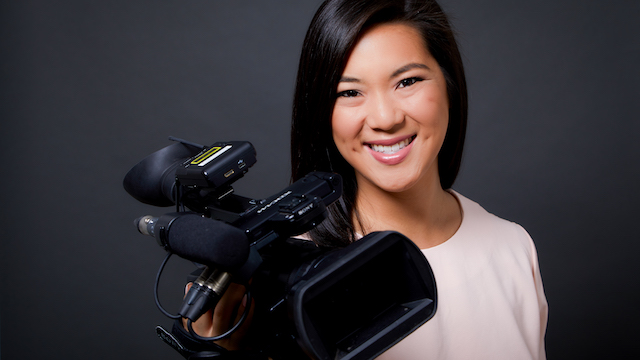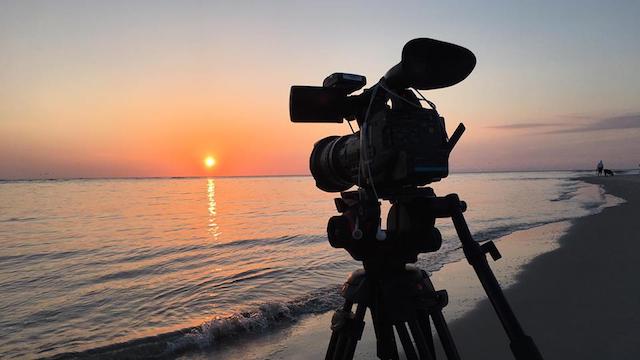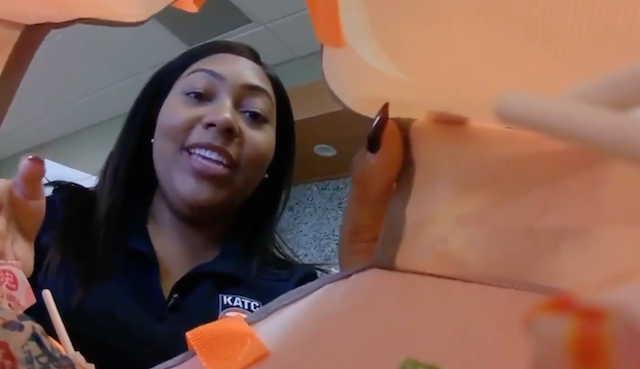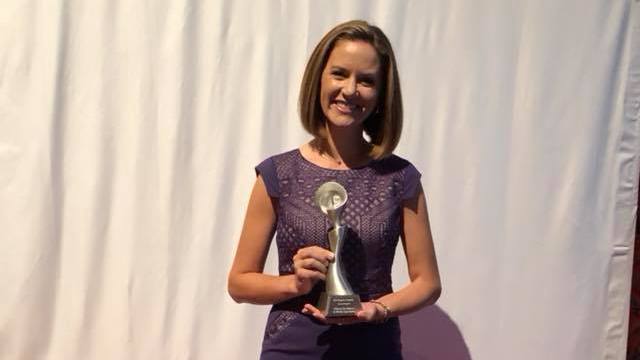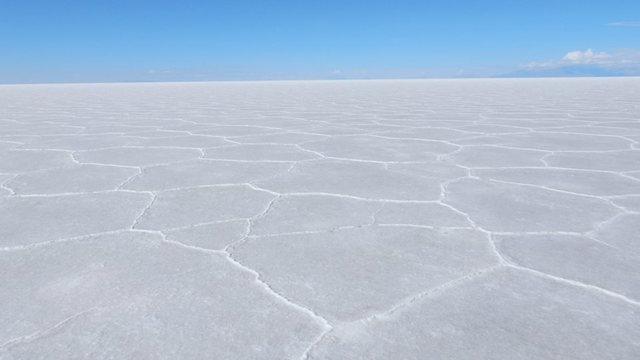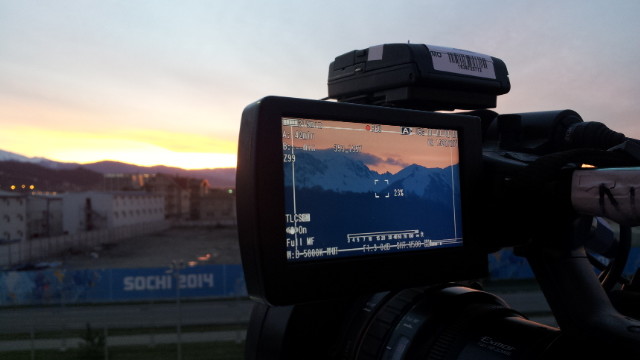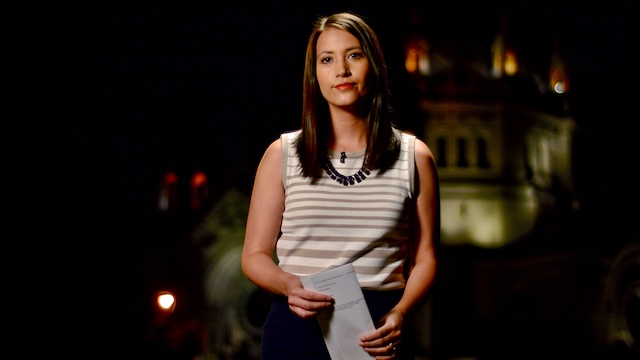I began my new year like many inspiration-seeking storytellers: by watching Joe Little’s annual montage of stand-ups.
Since 2008, the San Diego soloist has compiled his most creative stand-ups from the previous year into one giant reel. The original edition barely cleared four minutes; his 2019 collection neared nine. But that wasn’t the only change.
This year, Little’s montage wasn’t the only one.
A few days after Little posted his video onto the TV News Storytellers group, a reporter named Kendria LaFleur did the same. She’s been in the business for five years, more than a decade less than Little. She works in Lafayette, La., a market 1,600 miles east and 92 sizes smaller than San Diego. And her collection of stand-ups lasted 81 seconds. But they all worked. She used sound effects. She put a camera in a trick-or-treat bag. She made herself disappear. Her techniques looked smooth, sophisticated, and – above all – not cheesy.
A few posts down in the Storytellers newsfeed came a story from Will Pitts. He’s a solo video journalist at KPNX in Phoenix. He posted a package that included a flashy, camera-in-a-mailbox stand-up and also slick effects work where he highlighted the words of a handwritten letter.
It was all so impressive. A few years ago, the standard “creative” stand-up or story too often seemed forced. The graphics looked amateurish, the effects cartoonish. Exceptions like Little could squeeze slickness out of limited equipment, but few of us had access to technology that would make creativity seem too much like, well, local news.
That has changed. Today many of us use After Effects and edit on software that offers a myriad of potent effects. Many news departments supply MMJs with GoPros in addition to their traditional cameras. The equipment and technology has caught up to our ambition.
And we’re taking advantage.
I should pause here and say I’m not a huge shooter of stand-ups. I typically produce long-form stories where the characters are so rich that my appearance seems intrusive. My station also prefers we introduce and tag our stories, making a stand-up superfluous without a compelling reason. But that doesn’t mean I’m averse. I have experimented with effects, multi-camera shoots, and green-screen backgrounds to sizzle my stand-ups when necessary. I applaud innovation and don’t put down others’ efforts to shake up their storytelling.
(In the interest of full disclosure, here’s one recent example …)
So when I see a collection like Little’s or LaFleur’s – or I watch a story like Pitts’ – my first instinct isn’t to emulate. It’s to appreciate.
I appreciate the hustle. Any solo video journalist can tell you of the job’s extraordinary demands; you’re doing two traditional jobs as one person. But the workload doesn’t suppress most MMJs’ desires to produce meaningful work – and to take advantage of advanced tools to do so.
I appreciate the defiance. Even nearly two decades into the widespread use of soloists in local news, so many traditional journalists still decry the concept. To be sure, the MMJ life has its issues – and it’s absolutely not for everyone – but it also creates advantages for those journalists (and their managers) who recognize them. Creative autonomy – used in stand-ups like these – is one such benefit.
Mostly, I appreciate the opportunity. When I graduated college in 2003 – in the earliest months in Facebook and before social media existed as we know it – I couldn’t go online and watch a bunch of local TV news stories. Few stations posted videos to their web sites, and few forums existed to showcase people’s work. Today, LaFleur can post her montage and write in the comments how she used Little’s for inspiration, and someone soon will no doubt say the same of hers.
The current media environment possesses so many flaws and issues, all of them worth discussing and examining. But it also enables storytellers to do so much despite limited resources. As the new year and decade begin, I salute all of us who use those resources – and our platforms, energy, and talents – to produce meaningful work.
Cheers. And let’s keep moving forward.
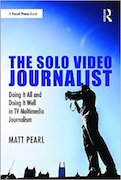
The Solo Video Journalist is available for purchase. You can find it on Amazon, Barnes & Noble, and the publisher’s web site.
Matt Pearl is the author of the Telling the Story blog and podcast. Feel free to comment below or e-mail Matt at matt@tellingthestoryblog.com. You can also follow Matt on Facebook and Twitter.
